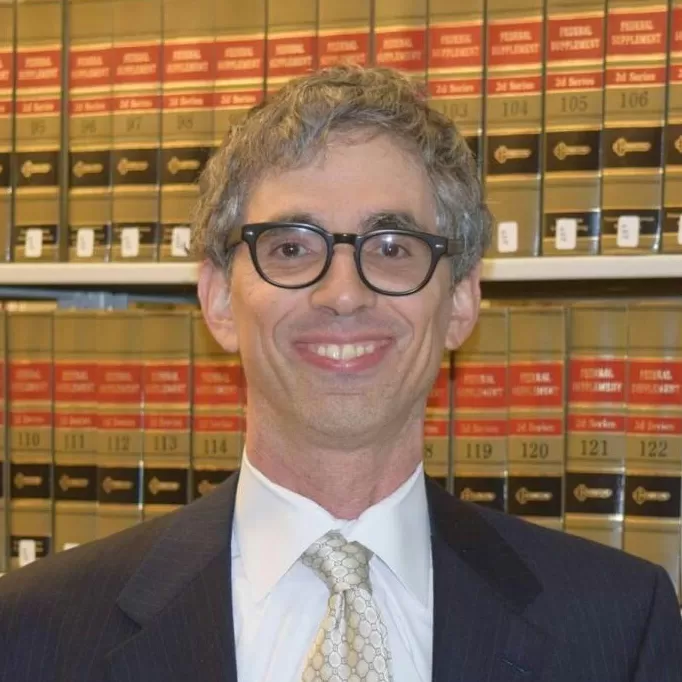Michael Lewyn is a professor at Touro University, Jacob D. Fuchsberg Law Center, in Long Island. His scholarship can be found at http://works.bepress.com/lewyn.
Judaism and Urbanism
<p> After visiting Denver for the Congress for New Urbanism (CNU) conference, I began to meditate on the relationship between Judaism and urbanism, and on how few cities accommodate both. In particular, I was impressed by how well-populated downtown Denver was compared to the southern cities where I have spent the past three years (Jacksonville) and this summer (Little Rock) - but I stll couldn’t imagine myself living in downtown Denver all that comfortably. </p>
How walkable is it?
<p class="MsoNormal"> Recently, an acquaintance asked me how to measure the walkability of a place he was visiting.<span> </span> </p> <p class="MsoNormal"> I could have told him to just look at Walkscore (<a href="http://www.walkscore.com/">www.walkscore.com</a>). <span> </span>Walkscore assigns scores to places based on their proximity to a wide variety of destinations.<span> </span>So if a place has a high walkscore AND a walkable street design (e.g. narrow streets, a grid system, etc.) it is probably pretty walkable. </p>
Walkable vs. Unwalkable Airports
<span style="font-size: small; font-family: Times New Roman"> <p> I’ve read some airport-related planning literature about the interiors of airports and about their public transit connections. (For a good example of the latter, see <a href="/node/34842"><u><span style="color: #0000ff">http://www.planetizen.com/node/34842</span></u></a> ) But one other difference between airports relates to their exteriors: the difference between walkable airports and not-so-walkable airports. </p>
When Spillover Parking Isn't So Bad
<p class="MsoNormal"> One justification for municipal minimum parking requirements is the danger of “spillover parking”: the fear that if Big Brother does not force businesses to build huge parking lots, that business’s customers will “spill over” into neighboring businesses or residential neighborhoods, thus reducing the parking available to the latter group.<span> </span>For example, if Wal-Mart doesn’t build a thousand parking spaces, maybe Wal-Mart’s customers will park at Mom’n’Pop Groceries down the street, thus reducing the parking available to Mom’n’Pop customers. </p>
Congestion, Pollution and Freeways
<img src="file:///C:/DOCUME%7E1/Owner/LOCALS%7E1/Temp/moz-screenshot-2.jpg" />A common argument in favor of building sprawl-generating roads and highways is that if we just pave over enough of the United States, we can actually reduce pollution and greenhouse gas emissions by reducing congestion. For example, a Reason Foundation press release cited a report by two University of California/Riverside engineering professors, “Real-World CO2 Impact of Traffic Congestion” (available online at http://www.cert.ucr.edu/research/pubs/TRB-08-2860-revised.pdf ). But if you read the report carefully, its policy impact is a bit more ambiguous.<br />

























